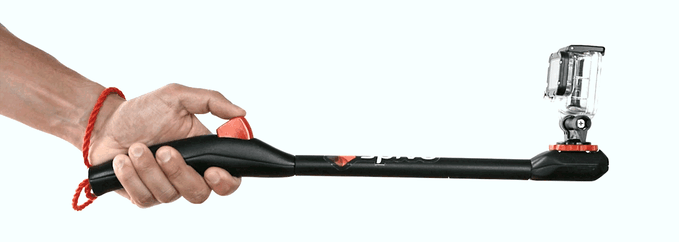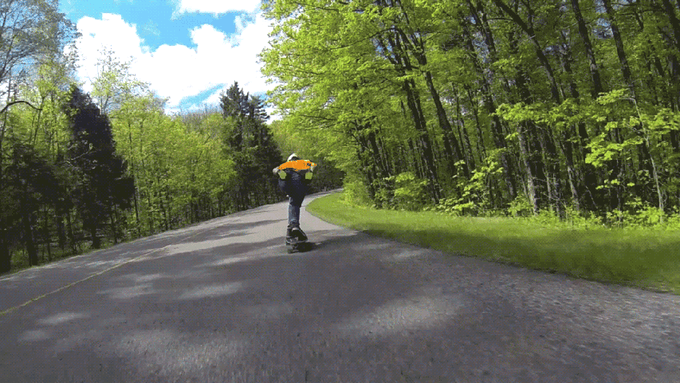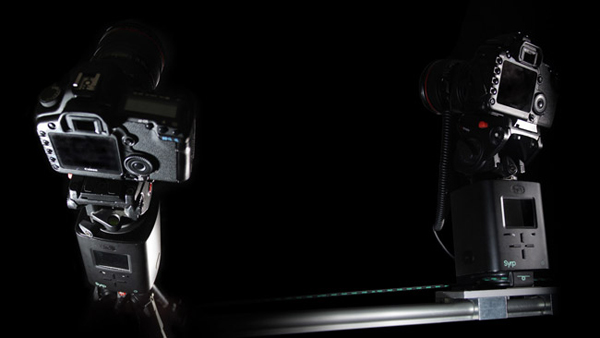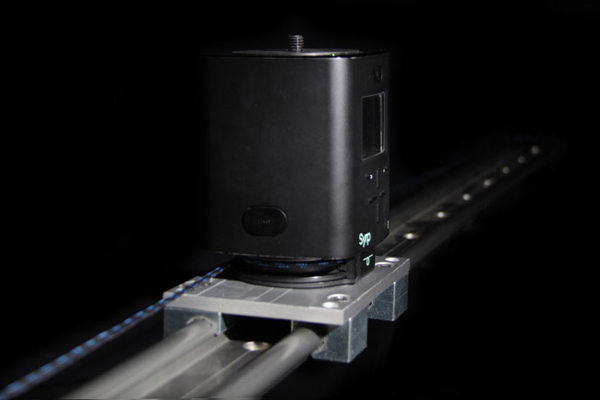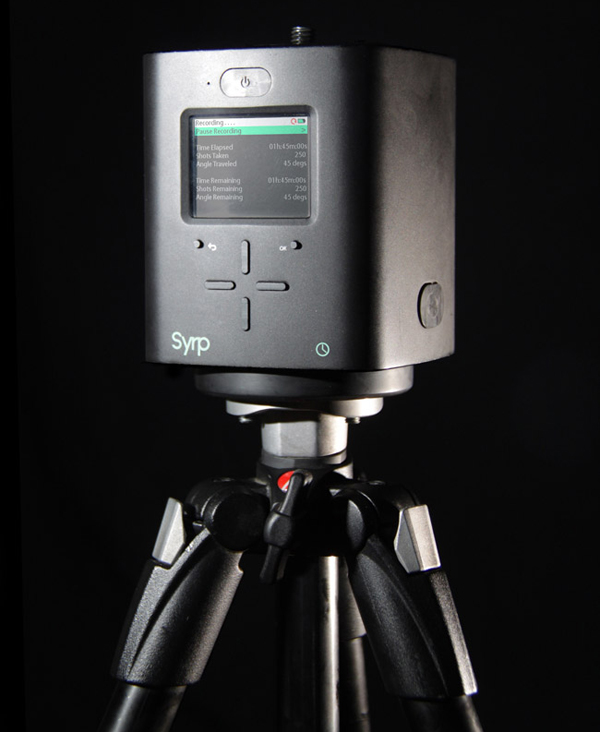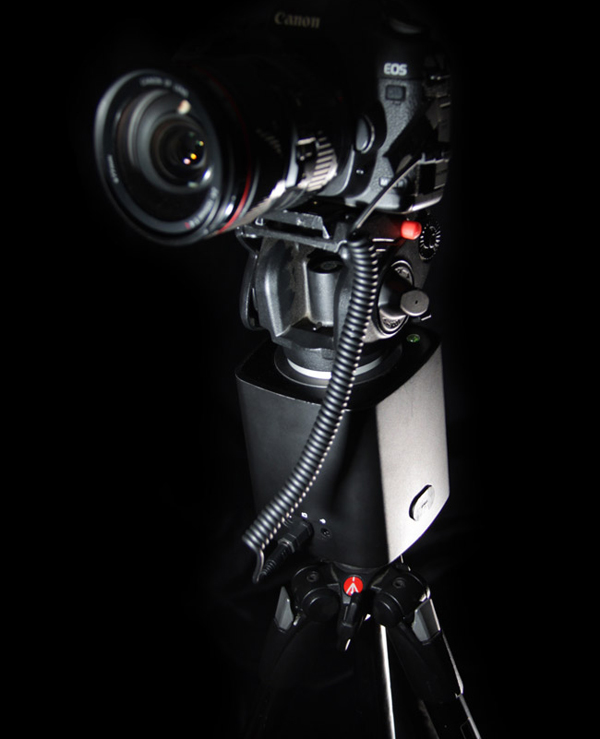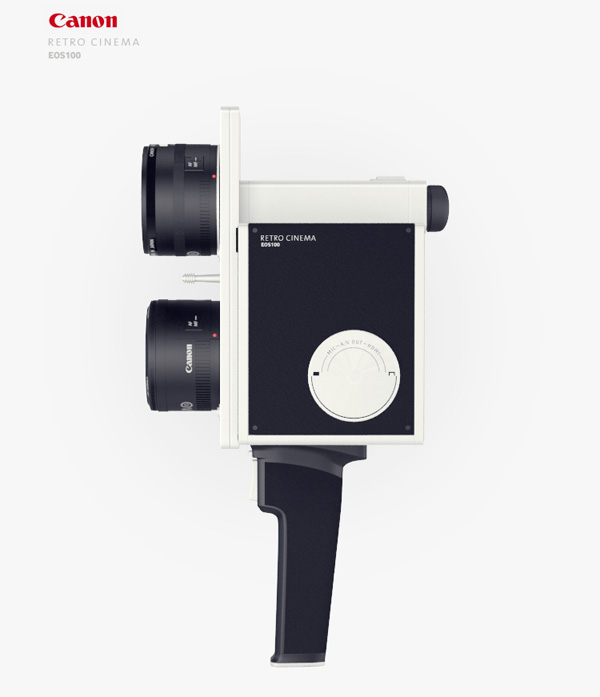Smartphones these days have remarkable cameras, but they aren’t shaped like a camera, so they aren’t easy to control while shooting, especially when you want to use accessories. The Beastgrip Pro takes your smartphone and turns it into a professional camera rig.
It gives you a stable frame that makes it easier to handle your camera when shooting photos and videos, along with mounts for adding accessories. Plus, it works with almost every smartphone in existence. It comes with five 1/4″-20 UNC mounts for adding tripods, microphones, and other accessories. There’s also a cold shoe mount and a three-axis, adjustable 37mm threaded mount for pairing it with any compatible filters and lenses. In other words, this rig will let you do some serious photography with your phone.
You can also get optional accessories like a wide-angle lens, a fisheye lens, and a DOF attachment for using the BeastGrip Pro with full-sized SLR lenses. At $139.99(USD) it is a cheaper alternative to an expensive camera, and a great way to expand the functionality of your smartphone.
[via Cool Things]





